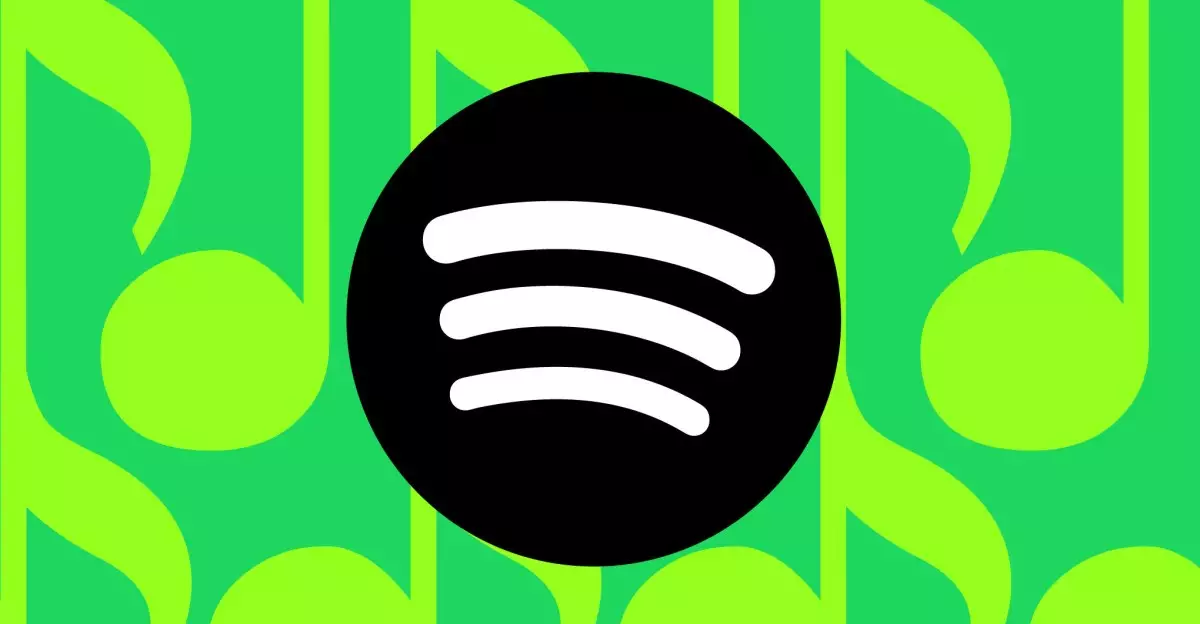In the world of digital streaming, competition is fierce and the stakes are high. Spotify, a frontrunner in the music service industry, has been in the spotlight recently due to its much-anticipated Music Pro add-on, barking up a tree that had been dormant for far too long. Set to launch in 2025, this new initiative signifies the company’s attempts to regain momentum and carve out a niche that enhances subscriber experience and revenue alike.
Spotify’s journey towards launching its HiFi feature has been a lengthy saga that has left many consumers scratching their heads in disbelief. Initially announced in February 2021, the HiFi service was supposed to roll out within that same year. Fast-forward to today, and we find ourselves counting down to 2025 with fingers crossed. This long delay is not typical for a tech company that needs to stay competitive, particularly against rivals like Apple Music and Amazon, both of whom swiftly rolled out lossless audio capabilities without additional charges.
This lack of action led to speculation about Spotify’s strategy, or lack thereof. Unlike its competitors, Spotify seemed to have paused while consumers eagerly anticipated the enhancement of audio quality. As it turns out, the task of enabling lossless music streaming wasn’t merely a technical hurdle, but could also involve intricate negotiations concerning music rights and licensing agreements. These negotiations can be complex, often requiring substantial time to finalize when multiple major labels are involved.
Understanding Consumer Needs Beyond Audio Quality
One critical insight that surfaced from Spotify’s delay is the realization that audio fidelity alone may not be enough to entice users to upgrade. While audiophiles distinctly appreciate a lossless listening experience, research indicates that an average listener may not discern much difference in sound quality when transitioning from lossy formats to that of CD-quality streams. Many audiophiles often possess top-tier headphones or systems to amplify audio quality, which is a luxury that most everyday users do not have.
Thus, it begs the question: what elements can Spotify incorporate into Music Pro to make it irresistible? The company is exploring innovative features that could transcend merely improving audio quality. Given the evolving landscape of digital music consumption, features like early concert ticket access, exclusive remixes, and optimized audio based on various kinds of hardware could serve to elevate the listener’s experience.
While the exact features for Music Pro remain unclear, rumors suggest a diverse array of offerings. From karaoke options to family-sharing accounts, Spotify seems determined to appeal to a broader audience. Additionally, the potential for DJ remixing tools could make the platform more enticing for aspiring musicians and casual creators alike. This forward-thinking approach reflects a desire to weave social interaction and collaborative experiences into the platform.
Even Spotify itself seems deliberative about what Music Pro should entail. Phased rollouts of new tools and features are being considered, allowing the company to adapt and refine the add-on based on user feedback and market demands. Observations from CEO Daniel Ek imply that their offering will not only include high-quality audio but will also expand the overall platform functionality and user engagement potential.
Spotify’s Music Pro initiative exemplifies a strategic pivot in the company’s approach to streaming music. It’s an ongoing narrative filled with anticipation and nuanced challenges. For many existing and potential users, Music Pro could be a compelling offer, especially at a modest increase to the current subscription price. However, it will take substantial clear communication and marketing savvy to win over those who may have already migrated to other platforms in search of enhanced quality or functionality.
In anticipation of this launch, the question remains whether Spotify can reclaim its status as the go-to music platform. A successful push into not just audio quality, but a dynamic, features-rich environment might just be the ticket. Time will tell, but the countdown to 2025 has officially begun. For consumers and analysts alike, this promises to be an exciting period of evolution within the digital audio landscape.

